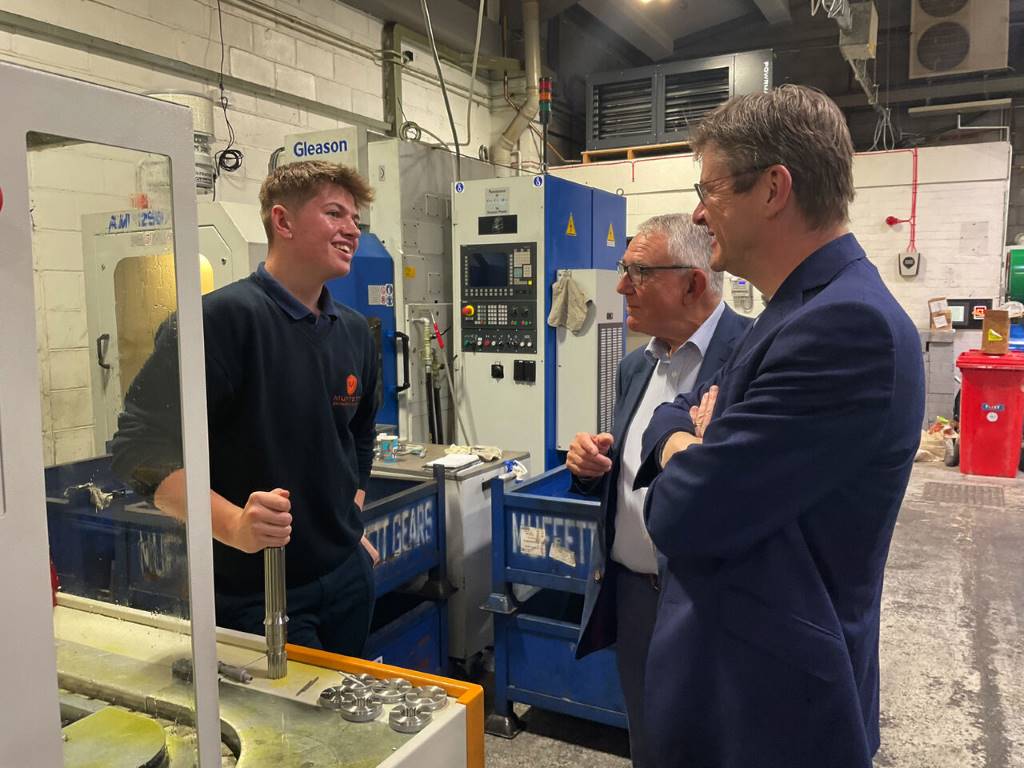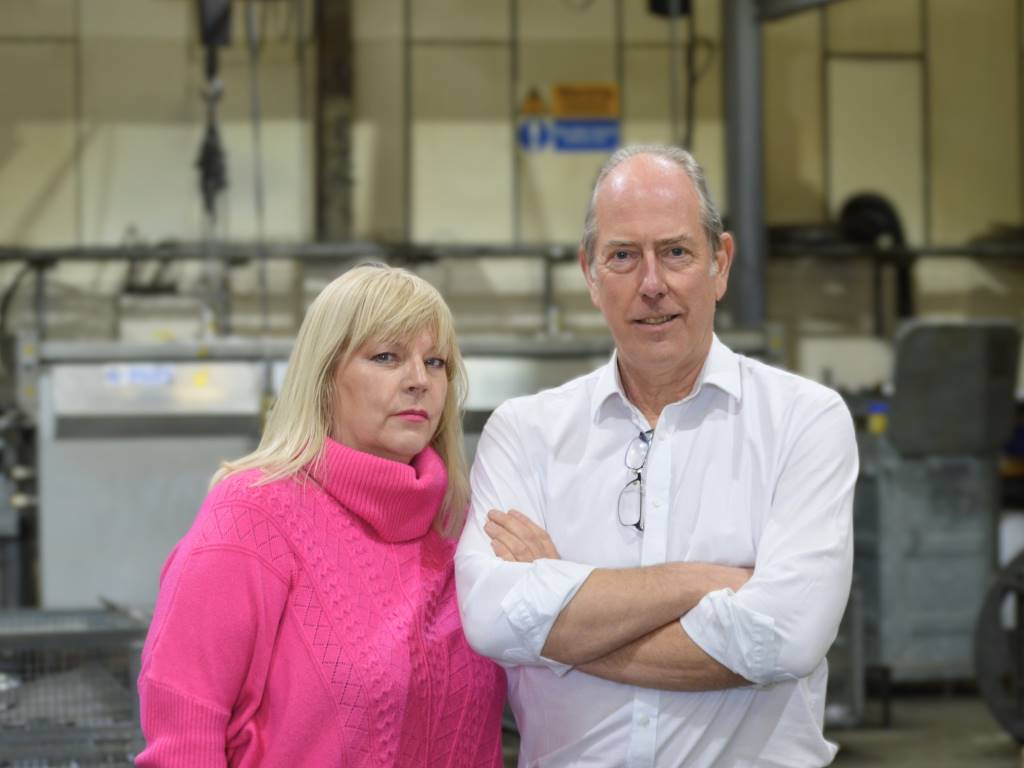Quality assured
According to Halesowen-based BMI Engineering, significant productivity, quality and efficiency benefits have arisen since the introduction of tooling supplied by Horn Cutting Tools.
According to Halesowen-based repetition turned parts specialist BMI Engineering, significant productivity, quality and efficiency benefits have arisen since the introduction of tooling supplied by Horn Cutting Tools.
BMI produces components for a wide range of industries including pipe and plumbing fittings, specialised fasteners and other engineered components. Batch quantities of 5,000 are not untypical although the company handles small batch quantities as well. Virtually all of the company's production is from mild steel billet or bar though many of these are sent out for plating, coating or other treatments to meet customer requirements.
In some cases, through the use of Horn Tooling, it has proved possible to rationalise the number of set-ups needed to finish machined components whilst in others significant reductions in cycle time have been accompanied by increased tool life and improved as-machined finish which has reduced the need for manual deburring.
The company's association with Horn began at Mach 2006 when BMI was looking for a solution to a face grooving problem. As a result of the contact made at the show Horn was able to provide a solution using the System 312 triple edge insert. The success of that application laid the foundation for an ongoing association.
BMI's machine shop supervisor, Robert Bingham, comments: “The capabilities available with Horn's range of grooving, threading and part-off tooling have made us more competitive. Our local Horn applications engineer has helped us to develop a number of modified machining cycles that save us time and material – in some cases making us competitive with suppliers operating in low wage economies like India.”
A case in point
A good example has been the production of washers on a multi-spindle machine. The narrow profile of the Horn 224C part-off insert saves 1mm of material compared with alternative tooling whilst the sharpness of the cutting edge minimises the burr on the centre hole. Saving 1mm on part-off provides ‘free' material for every third washer, enabling BMI to keep the business.
The mainstays of BMI's production are fifteen Wickman multi-spindle autos, supplemented by a smaller number of CNC lathes – some with C axis capabilities – and a recently acquired CNC mill used for second operation work.
Nearly all parts produced in the factory require internal or external threading whilst a large family of conduit connectors are threaded at either end. It is here that Horn tooling has arguably had the greatest impact. “The Horn 229 threading tooling allows plenty of clearance to get the tool in place for back threading so we can do both the front and the back in a single set-up,” Mr Bingham explains. “Before we started using it we had to turn the parts in two operations; first we produced the front thread and this was manually screwed into a fixture held in the chuck for generation of the back end thread. Now we get a finished part in less than half the time overall.”
He continues: “In addition, it's quite a large family of parts produced in batches from 50 to 500 and requiring threads from M10 to M70. With Horn tooling we can accommodate that with a simple exchange of the insert.”
Groove moves
Elsewhere in the factory use of a Supermini 105 threading tool has solved a swarf problem that was leading to regular breakage of M10 taps and resultant down time. However the most recent Horn application at BMI involves groove milling.
For some time the company has been producing a stud type component called a pivot pin. This requires generation of a 3mm wide keyway type slot with a fully radiused profile to locate in a mating component. Initial attempts to produce the feature in cycle using a slot mill on a C axis equipped CNC lathe had not been successful so BMI had therefore resorted to producing the feature as a second operation using a manually operated horizontal spindle milling machine equipped with a slotting cutter.
Mr Bingham recalls: “This wasn't a satisfactory method as the cycle time was a lengthy 45 seconds and the component was manually fed so finish was inconsistent. In addition, tool life was poor and the worn tooling would generate burrs so we had quality issues. As we produce around 27,000 of these components per annum an improved solution was desirable.”
As luck would have it the company had recently acquired a new CNC milling machine which had time available and Horn was consulted to provide a solution. This took the form of a fully radiused Type 313 groove milling insert whilst the existing fixture was modified to provide access for the Horn tooling as the revised method necessitates that the cut be made at the 9 O'clock position rather than 12 O'clock. Utilising cutting data of 220m/minute and a feed rate of 850mm/minute, the load to unload cycle time has reduced to 15 seconds and both finish and tool life have improved significantly.
“The new method works extremely well which is what we've come to expect from Horn.” Mr Bingham concludes. “Basically we've reached the stage where if we need to part off or machine a groove or thread then Horn is our first port of call. The applications support is first class and from a cost point of view, our experience has been that for our type of work the investment in high quality tooling had been repaid many times over.”
Horn
www.phorn.co.uk BMI Engineering
www.bmi-engineering.co.uk













